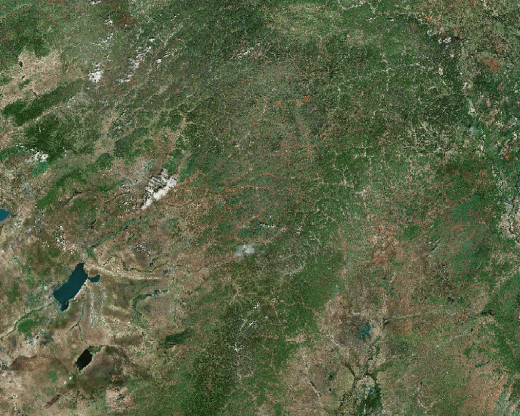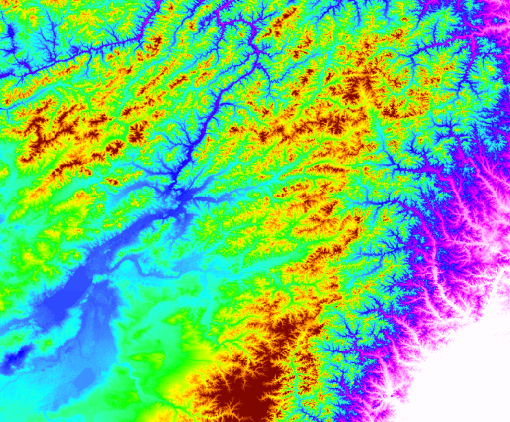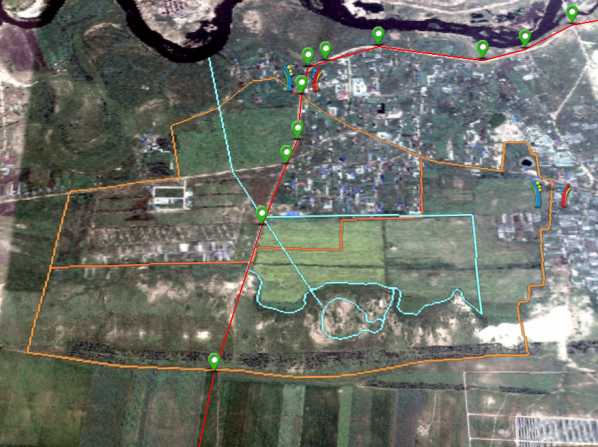This digital sand table is established by SuperMap partner company. The company's products are mainly based on 2D and 3D GIS + model simulation technology to build a realistic virtual environment and make product lines for different industries by combining relevant knowledge in the professional field.
Digital Sand Table (DSB) is a digital representation of traditional physical sand table. It features in multi-dimensional terrain simulation, intelligent dynamic display, overall function control, comprehensive deduction training, easy operation and wide application.
Modern agricultural digital sand table is the digital representation of traditional physical sand table. It features in multi-dimensional terrain simulation, zoning 3D display, basic information data display, multi-perspective roaming, planning assistant IoT data integration, as well as easy operation and wide application.
The modern agricultural digital sand table technology is based on the multi-dimensional information theory with the unique core engine of VR processing and GIS, 3D and VR (Virtual Reality) integration technology. It achieves a breakthrough from plane layout to spatial planning, from static display to dynamic simulation, from one-direction guidance to multi-direction interaction, and from abstract description to intuitive deduction. It provides users with a convenient and interactive system for regional agricultural industry development planning, Park management, big data statistics of agricultural products, and agricultural production and management. It mainly includes the following aspects:
(1) Geographic Information Integration
The system strengthens the application of various basic information, such as geographic information, remote sensing image and current agricultural resources information. From the traditional simple reference to absolute support, it improves the scientific accuracy of planning process and results.
Take the vector data collected or investigated from administrative boundaries, type of land use, roads, and water conservancy as an example. By collecting data, the storage, processing, analysis, retrieval and display of spatial data can be realized to provide a beneficial platform for decision-making, recording and information exchange in agricultural regional planning.

(2) 3D restoration of topography and geomorphology in core area
To restore the image maps of the core area at 1:2000 and 1:200 with different precision, and to restore the real terrain status by combining the terrain height. It can visually and stereoscopically display the images of mountains, rivers, towns and traffic.

(3) Integration of land properties
The inquiry, statistics, analysis and application support of the agricultural basic information data can be arbitrary overlaid and mixed displayed. It provides favorable geographic data support to the planning system.
(4) The integration of administrative information
Based on the national image of terrains, the system can superimposes the vector data of city boundary.
(5) The integration of vector information of water, electricity and road network
The importing of the vector data and the superimposing of city traffic hubs and rivers can reflect the power and water environment of the park, as well as interpret the geographical advantages of the park.

(6) The integration of IoT data and controlling
The platform applies the virtual simulation technology and multi-source data fusion technology, which makes the traditional planning and construction changing from 2D to 3D and static display to dynamic simulation. At the same time, a large number of industrial data, administrative information, basic natural data and other resources are distributed on the 3D terrain according to the actual situation. It realizes multi-scene segmentation and dynamic loading, integrates GIS layer data, basic information data, 3D scene model data and IoT detection data.
New 3D GIS Technology in Underground Water Management>
2D and 3D GIS in Natural Resources Management>
New 3D GIS Technology Supports the Construction of "Digital Twins" in Transportation>